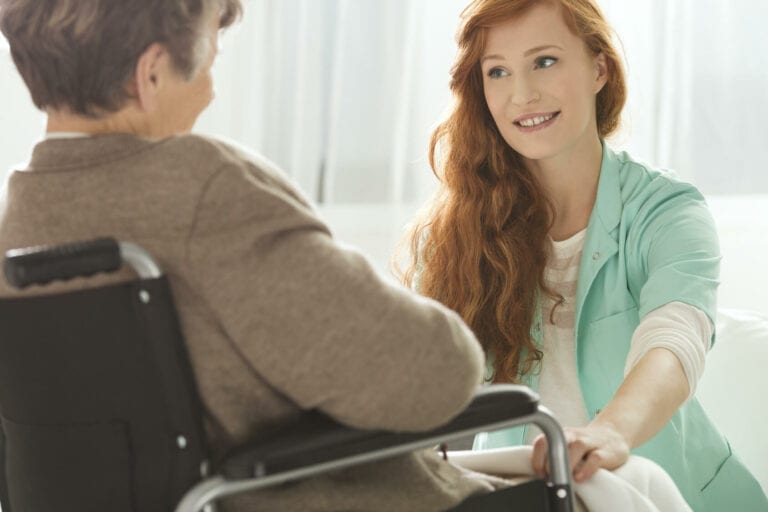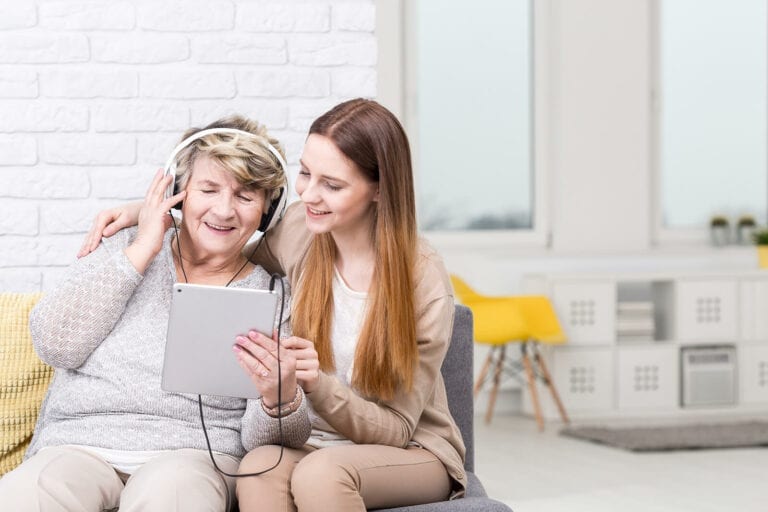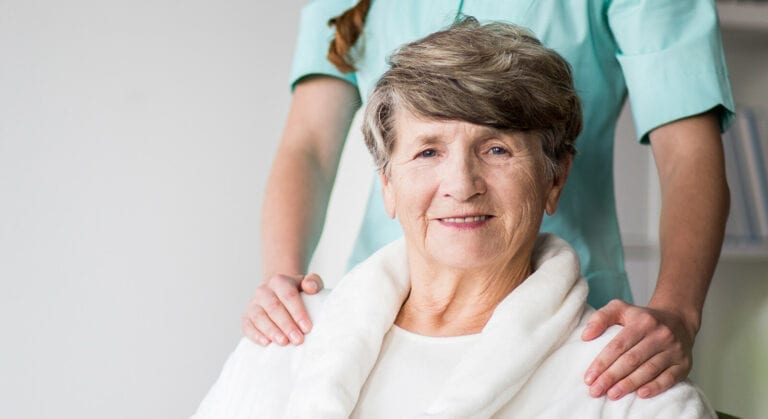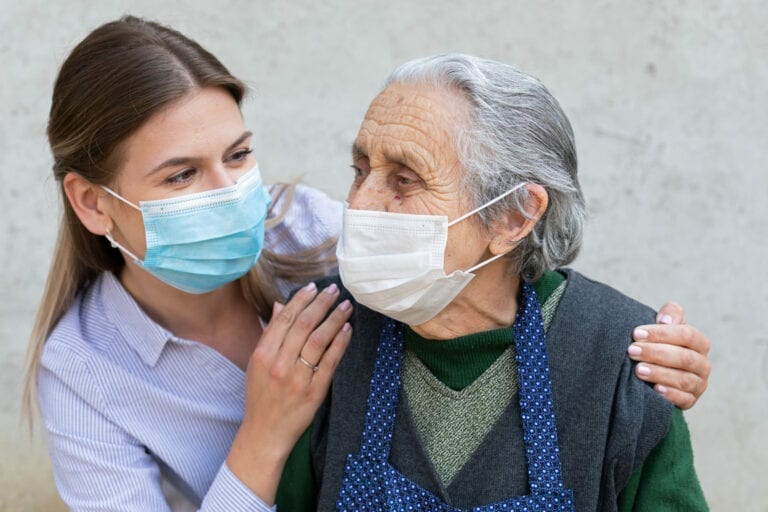It’s important to put yourself in the patient’s shoes when learning how to care for a stroke care patient at home.
The medical difficulties that you can assist manage must also be understood, and this article will walk you through them.
How to Provide care in home settings for a Stroke care Patient
Our top advice for stroke carers at home is listed below:
- Promote daily physical therapy!
- Use restraint yet offer assistance.
- Ask case managers or social workers for advice.
- Consult an OT for suggestions on home modifications.
- Document any negative effects of taking medicine.
- Keep an eye out for any new side effects of a stroke.
- Be faithful in trying circumstances.
- Extra supplements should be avoided as they may result in another stroke.
- Continue to push past the ceiling.
- Treat falls with extreme caution
- Encourage emotional recovery after a stroke.
- Look after the carer.
- Be a part of help groups.
- Organize your medical records.
- Reduce the Risk of Strokes
- Have faith in a faster recovery.
1. Promote daily physical therapy
After a stroke, many patients struggle with motor limitations that require attention when the patient returns home. Encourage daily brain-rewiring exercises as a way to support your loved one’s recovery. The greatest treatment for stroke is regular movement.
2. Use restraint yet offer assistance.
Only assist your loved one if they ask for it or if it is necessary if you see them suffering. Stroke patients must act on their own to continue healing. Don’t interfere with their rehabilitation by being intrusive.
3. Ask case managers or social workers for advice.
A crucial component of the stroke recovery team is social workers and case managers. If there is anything about home care that you don’t understand, don’t be afraid to ask them. They can give you important details on after-discharge insurance and house adjustments, for example.
4. Consult an OT for suggestions on home modifications.
Patients with strokes are at a considerable risk of falling because they frequently experience balance issues or one-sided visual neglect following a stroke. Your loved one’s safety can be increased by making home adjustments such as installing grab bars and non-slip matting and by clearing the clutter.
Even though this blog has fantastic advice on house modifications, your loved one’s occupational therapist is another excellent source.
5. Document any negative effects of taking medicine.
Most stroke victims are given a variety of medications, each of which has a specific function (for example, blood thinners, cholesterol control, etc.).
Every drug has side effects that need to be carefully watched for.
Keeping a record of your stroke survivor’s actions and symptoms will help you spot any changes or issues.
6. Keep an eye out for any new side effects of a stroke.
After leaving the hospital or clinic, it should be possible that stroke-related side effects will get better. Unfortunately, months after being discharged, further stroke side effects can appear. Immediately get medical or neurological advice if you detect anything strange in your loved one.
7. Be faithful in trying circumstances
While they are at home, stroke victims should continue to get better, especially if they are continuing with regular rehab. Stroke healing is not a linear process, though. Patients may go forward and backward in two steps. If there is a general trend of improvement, this is normal.
8. Extra supplements should be avoided as they may result in another stroke.
Despite the allure of additional supplements for stroke recovery, always double-check with the patient’s doctor. Certain dietary supplements raise the chance of having a second stroke. On the bottle, this isn’t expressly stated, though! Do your research before adding additional medications to your loved one’s regimen.
When in doubt, pass it up!
9. Continue to push past the ceiling.
Within the initial three months of recovery, many stroke victims reach a “plateau”. But, this slowing does not mean that the recovery is coming to an end. Although functional gains are conceivable for the rest of one’s life, neurological alterations settle after a few months. Even decades after a stroke, the brain can adapt and mend. Therefore, don’t let a slowdown in outcomes demotivate you or a loved one. Simply take it as a cue to revise your recovery strategy.
10. Treat falls with extreme caution
Falls should be taken extremely seriously because it might be challenging for stroke victims to get up off the floor. If a fall occurs, get medical help and reconsider your house improvements—non-slip mats are crucial.
When leaving your loved one alone, always check that your home has been adequately modified and that they have enough mobility to stand back up.
11. Encourage emotional recovery after a stroke.
After a stroke, there are a lot of emotional shifts to be mindful of. The symptoms of the pseudobulbar effect, which can be treated with medicine or may go away on its own, include sudden bursts of sobbing or laughter.
At times, people who have had a stroke may be struggling with the anxiety, depression, or grief that comes following a stroke. Be as understanding as you can during this difficult time.
12. Look after the carer.
If you don’t take care of yourself, the enormous burden of caregiving can soon result in burnout. If you overextended yourself, enlist the aid of other family members. To refuel, you should also plan some alone time during the day.
13. Be a part of help groups
On the road to recovery, it’s beneficial to establish contacts with other stroke victims and carers. You can either join our services or search for some in your neighborhood.
14. Organize your medical records.
Keep track of your loved one’s medicines, any side effects after a stroke, and any behavioral modifications. Strive to keep all of your paperwork in one location. You should always bring this information with you when you visit the doctor. Trying to remember everything that needs to be discussed with the doctor while relying on your memory is challenging.
15. Reduce the Risk of Strokes
Recurrent stroke risk may be increased by particular lifestyle choices. Maintain healthy levels of stress, blood pressure, and cholesterol. When in doubt, consult a physician.
16. Have faith in a faster recovery
Also, keep in mind that a higher recovery is always conceivable. No matter how long it has been after a stroke, the brain continues to change throughout a person’s life. If you believe the road is at an end, don’t give up since it probably isn’t.
There you have it, then. These are our top suggestions for getting ready for the arrival of your loved one, both personally and domestically.
Home Care Near Me Let’s Get Started!
Get Immediate Help with Information, Costs & Payment Options.







